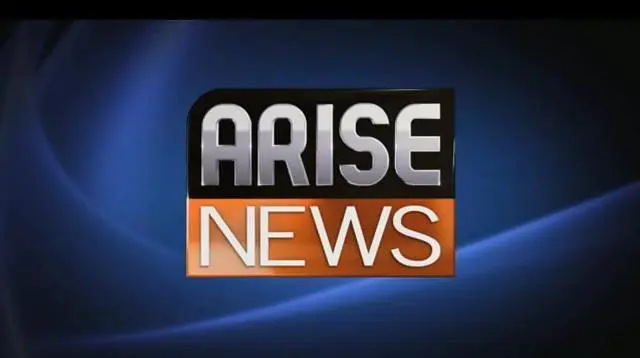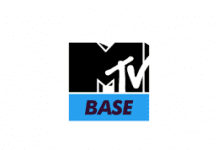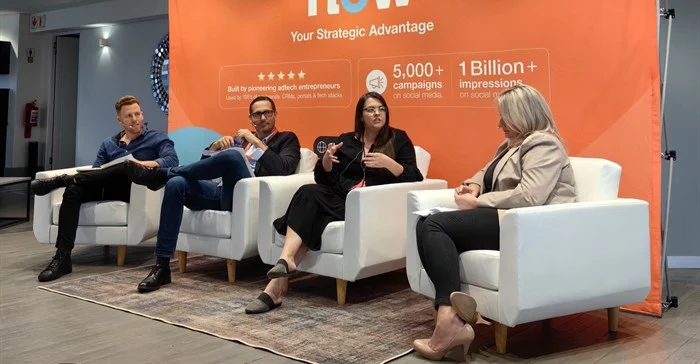Few of us are wildly optimistic about 2023. In part, that’s because many economists are predicting a recession next year.
Though it’s not a sure thing that a recession will occur, it’s a fairly safe assumption and marketers would be smart to at least plan for one in the coming year.
Here are a few guidelines for marketers to follow in 2023:
In a recession, consumers are less defined by demographics than mindset. A change in the economic outlook has shifted how marketers look at their target consumers. A recession is such a major disruption that marketers should take into consideration consumers’ emotional reactions to the economy.
The portion of consumers hit hardest by the economic changes will postpone, eliminate, decrease or substitute purchases. Another cohort of consumers will do the same, but less aggressively. Still another group of consumers (those in the top 5% income bracket) will be more selective and less conspicuous about their purchases.
Finally, the live-for-today segment will be unconcerned about savings. This group, typically younger than average, is more apt to spend on experiences than stuff, and unlikely to change their consumption behavior unless they become unemployed.
Consumers’ work type also matters. Certain industries are hit harder by a recession than others. Those in real estate, construction, manufacturing, retail and leisure and hospitality are most in danger of losing their jobs.
If a recession does occur, those who market to consumers in those industries should be aware that many are vulnerable and that a good portion of overall consumers fit that bill as well.
Recessions tend to be short. In the event of a recession, marketers can look forward to a quick turnaround. Nielsen found that 75% of recessions end within a year and only 30% last two quarters.













































